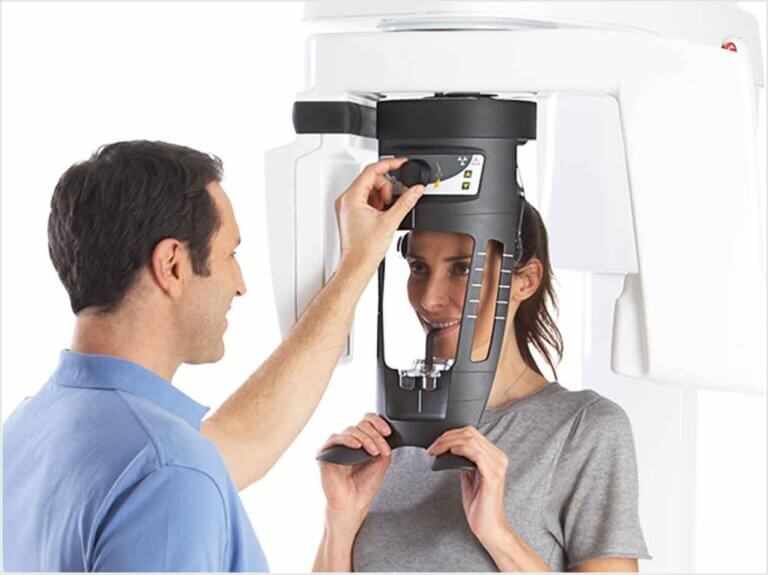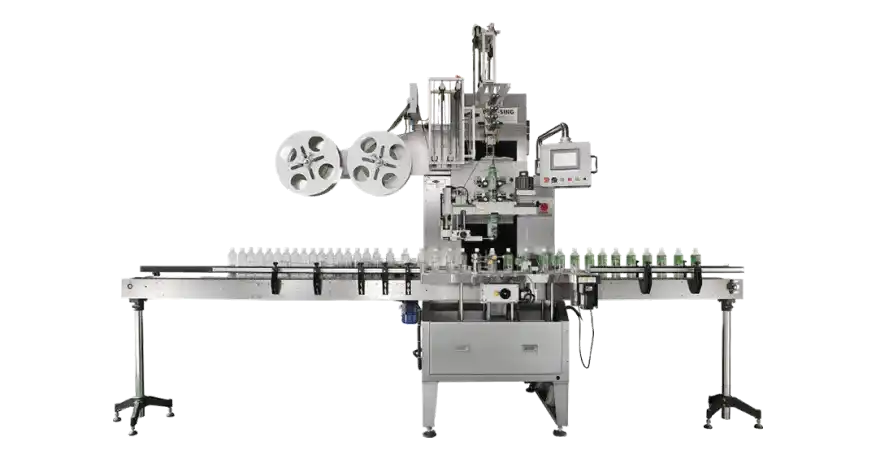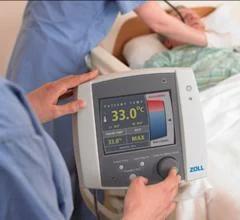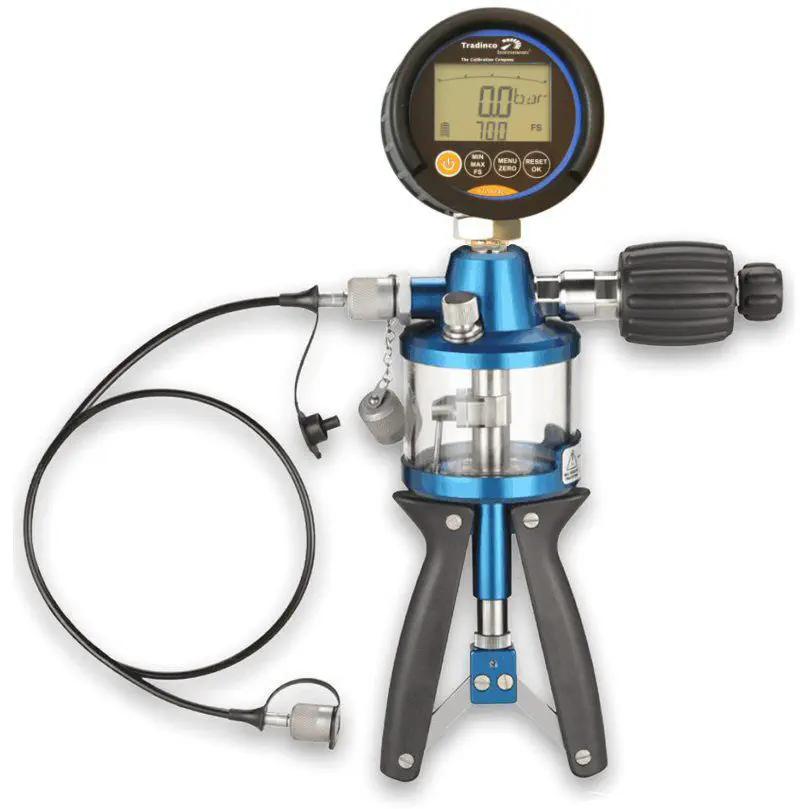
The global Biomarkers Market size is predicted to reach USD 133.51 billion by 2030 with a CAGR of 11.9% from 2025-2030. The biomarkers market is undergoing a significant transformation, driven by advancements in precision medicine, non-invasive diagnostics, and the growing prevalence of chronic diseases. Biomarkers, measurable indicators of biological states or conditions, are critical for early disease detection, personalized treatment, and drug development. Recent developments, particularly in liquid biopsies and AI-driven analytics, are reshaping the market, offering new opportunities for healthcare providers and researchers. This article explores the latest trends, innovations, and challenges in the biomarkers market, focusing on the rise of liquid biopsies and their potential to revolutionize diagnostics.
Download FREE Sample: https://www.nextmsc.com/biomarkers-market-hc3206/request-sample
The Rise of Liquid Biopsies
Liquid biopsies are emerging as a game-changer in the biomarkers market, particularly for cancer diagnostics. These non-invasive tests analyze biomarkers in bodily fluids like blood or urine, enabling early detection and monitoring of diseases without invasive procedures. Recent reports highlight the growing adoption of liquid biopsies for screening aggressive or recurring cancers, driven by their ability to detect circulating tumor DNA (ctDNA) and other biomarkers with high sensitivity. Companies like Guardant Health, Biocept Inc., and Illumina are leading the charge, developing advanced liquid biopsy platforms that enhance diagnostic accuracy.
In March 2025, researchers showcased a multimodal AI-based biomarker model for early detection of cancer cachexia, integrating patient demographics, lab values, and radiological findings. This model demonstrates the potential of liquid biopsies to provide cost-effective, personalized diagnostics, improving patient outcomes by enabling timely interventions. Posts on X reflect excitement about these advancements, noting their role in revolutionizing cancer monitoring and treatment.
AI and Digital Biomarkers
Artificial intelligence is transforming the biomarkers market by enhancing data analysis and biomarker discovery. AI-driven platforms are being used to process large volumes of genetic and clinical data, identifying patterns that are too complex for traditional methods. For example, a recent study used machine learning to develop disease-specific protein panels for Alzheimer’s, Parkinson’s, and frontotemporal dementia, achieving strong predictive performance using plasma proteomics. This approach underscores AI’s potential to uncover new biomarkers for neurological disorders.
Digital biomarkers, derived from wearables and connected devices, are also gaining traction. Companies like AliveCor Inc. and Fitbit are integrating digital biomarkers into healthcare, enabling real-time monitoring of patient health trends. These tools are particularly valuable for payers, such as insurance companies, who use continuous health data to optimize resource allocation and predict complications, driving demand for digital biomarker solutions.
Advances in Oncology Biomarkers
Oncology remains the largest segment of the biomarkers market, driven by the global cancer burden and the shift toward precision medicine. Predictive biomarkers, which guide tailored treatment strategies, are leading this segment due to their ability to enhance clinical outcomes. For instance, Roche’s PATHWAY anti-HER2/neu (4B5) test for HER2-low breast cancer received FDA approval in 2024, highlighting the growing role of companion diagnostics in personalized oncology.
Proteomic biomarker analytics are also advancing, with companies like Quanterix Corporation expanding their reach. In June 2025, Quanterix’s HD-X Simoa Immunoassay Analyzer received Class 1 Medical Device approval in South Korea, enabling its use for Alzheimer’s disease diagnosis through ultrasensitive biomarker detection. This approval marks a significant step in expanding access to non-invasive diagnostics globally.
Inquire Before Buying: https://www.nextmsc.com/biomarkers-market-hc3206/inquire-before-buying
Neurological and Traumatic Brain Injury Biomarkers
The central nervous system (CNS) biomarkers market is growing rapidly, driven by the rising prevalence of neurological disorders like Alzheimer’s, Parkinson’s, and multiple sclerosis. In January 2025, Braini was launched to enhance the diagnosis of mild traumatic brain injury (mTBI) using blood-based biomarkers, offering a non-invasive alternative to traditional imaging. This development reflects the market’s focus on early detection and management of neurological conditions.
The FDA’s clearance of a blood biomarker test for detecting amyloid plaques in the brain in 2025 has sparked both excitement and concern. While this test advances Alzheimer’s diagnosis, posts on X note potential risks of misuse and overdiagnosis, highlighting the need for robust regulatory frameworks to ensure responsible use of biomarker technologies.
Emerging Applications and Technologies
The biomarkers market is expanding into new applications, such as erythropoietin (EPO) biomarkers for anemia management and anti-doping research. Companies like Amgen Inc. and Agilent Technologies are developing advanced assays to support these applications, driven by increasing clinical trials and regulatory approvals. Similarly, PARP inhibitor biomarkers are gaining attention in oncology, with innovations in assay kits and reagents boosting production capacity and adoption.
PCR technology is another key driver, with its high sensitivity in detecting nucleic acid-based biomarkers. This technology is expected to see significant growth from 2025 to 2030, supporting applications in oncology, cardiology, and infectious diseases. Additionally, biosensors, which convert biological responses into electrical signals, are gaining popularity for their role in point-of-care diagnostics.
Regional Dynamics and Market Leadership
North America dominates the biomarkers market due to its advanced healthcare infrastructure and high adoption of personalized medicine. The region’s leadership is bolstered by significant investments in research and development, particularly in the U.S., where companies like Roche and Abbott are driving innovation. Europe is also a key player, with growing demand for non-invasive diagnostics and regulatory support for biomarker-based assays.
Emerging markets, particularly in Asia-Pacific, are witnessing rapid growth due to increasing healthcare investments and rising awareness of chronic diseases. The approval of Quanterix’s technology in South Korea is a prime example, reflecting the region’s growing role in the global biomarkers market.
Challenges in the Biomarkers Market
Despite its growth, the biomarkers market faces challenges. Regulatory hurdles remain a significant barrier, particularly for novel biomarkers like liquid biopsies and digital biomarkers, which require clear guidelines to ensure safety and efficacy. The high cost of developing and validating biomarkers can also limit access, particularly in low- and middle-income countries.
The digital divide is another concern, as regions with limited technological infrastructure struggle to adopt advanced biomarker solutions. Additionally, concerns about overdiagnosis, as noted in posts on X regarding Alzheimer’s blood tests, highlight the need for ethical guidelines to prevent misuse and ensure patient trust.
Opportunities for Growth
The biomarkers market offers significant opportunities, particularly in personalized medicine and non-invasive diagnostics. The integration of biomarkers into clinical trials and diagnostic panels is driving demand, with pharmaceutical companies and healthcare providers leveraging these tools for drug development and patient monitoring. The rise of liquid biopsies and digital biomarkers presents opportunities for early detection and remote health management, particularly in oncology and neurology.
Collaborations between industry leaders, such as Merck’s partnership with Questions Labworks to automate assay workflows, are accelerating innovation. These partnerships, combined with advancements in AI and biosensors, are poised to drive the market forward, offering new tools for precision healthcare.
Conclusion
The biomarkers market is at a turning point, with liquid biopsies, AI-driven analytics, and digital biomarkers leading the charge. Innovations like Roche’s companion diagnostics and Quanterix’s Alzheimer’s detection technology are expanding the market’s potential, while regional growth in Asia-Pacific offers new opportunities. However, regulatory challenges, cost barriers, and ethical concerns must be addressed to ensure sustainable growth. Are liquid biopsies the future of diagnostics? With continued innovation and collaboration, they could redefine how we detect and treat diseases, paving the way for a more personalized and accessible healthcare system.




















Write a comment ...